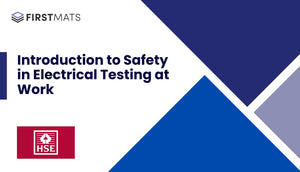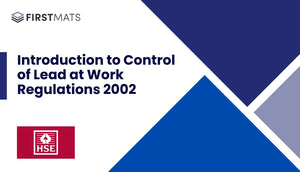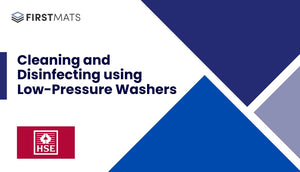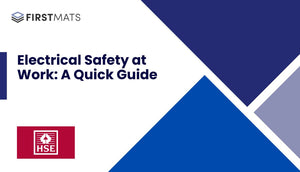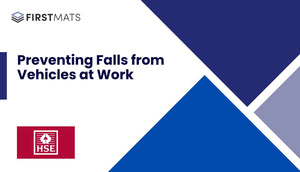Article Index:
Introduction to Personal Protective Equipment at Work Regulations
The Health and Safety Executive's guide on the Personal Protective Equipment at Work Regulations 1992, as amended by the 2022 amendment, offers practical advice for complying with the requirements of these regulations. The document, divided into two parts, details each regulation and provides guidance on the selection, use, and maintenance of personal protective equipment (PPE).
Understanding the Regulations
The Personal Protective Equipment at Work Regulations 1992 are designed to ensure the health and safety of workers through the proper use and provision of PPE. This includes equipment intended to be worn or held by a worker, providing protection against health and safety risks.
Provision of Personal Protective Equipment
- Employers must ensure suitable PPE is provided to workers exposed to health or safety risks.
- PPE should be considered a last resort, with priority given to controlling risks through other means.
- Employers should assess the risks and determine if PPE is necessary.
- Self-employed individuals also need to ensure they are provided with suitable PPE.
Compatibility and Assessment of PPE
- When multiple PPE items are required, they must be compatible and collectively effective against risks.
- An assessment must be conducted to ensure the suitability of the PPE against the risks.
Maintenance and Replacement of PPE
- Employers must maintain PPE in an efficient state, ensuring it is in working order and good repair.
- A maintenance system should be established, including examination, testing, cleaning, repair, and replacement.
- Workers may be required to clean their own PPE, but employers cannot charge for PPE or its maintenance.
Information, Instruction, and Training
- Employers must provide adequate information, instruction, and training on PPE use.
- Training should be comprehensive, covering proper use, fitting, and limitations of PPE.
- Both theoretical and practical training aspects should be included.
Usage of Personal Protective Equipment
- Employers must take steps to ensure proper use of PPE.
- Workers and self-employed individuals must use the PPE as per the provided training and instructions.
- PPE must be returned to its designated accommodation after use.
Conclusion
This article provides a simplified overview of the Personal Protective Equipment at Work Regulations 1992 (as amended). Adherence to these guidelines ensures the safety and well-being of workers, minimizing risks in the workplace through the effective use of personal protective equipment.


